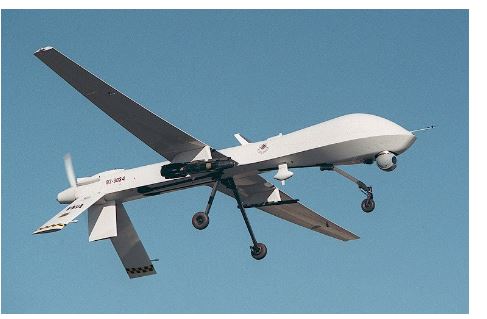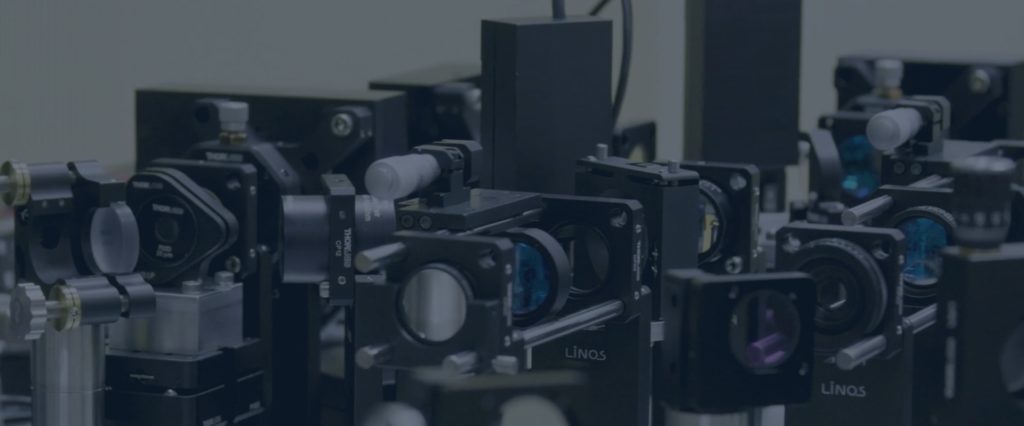About half of our customers use our deformable mirrors for laser applications, such as beam shaping or steering. We get a lot of questions pertaining to laser power and handling for both our deformable mirrors and modulators. Below is a summary of the guidelines we use when discussing our technolgy.
From a power threshold standpoint, our modulator technology works similarly to our deformable mirror technology. However, it may have a slightly lower damage threshold due to the fact that the exposed surface is a thin layer of silicon nitride as opposed to the thicker polysilicon surface used for our deformable mirrors. Honestly, we do not have much experience testing the devices. If you are interested in carrying out testing, we would be glad to lend you some modulators to test.
If you are interested in learning more about customers’ experience with high-power lasers used on our DM’s, please click here to read Andrew Norton’s paper on laser test performed using our DMs. Also, please visit our website or contact us for questions or additional information on how to obtain a device for testing.
Check more
Related Articles

Defense TechConnect Conference and Expo: Fun in the Sun with the MRR
Last week I was fortunate enough to be able to parade BMC’s Modulating RetroReflector (MRR) in front of multiple audiences affiliated with the Defense community at the Defense TechConnect (DTC) Conference and Expo in Tampa, Florida.

MiFoBio 2018: AO Microscopy in Action
Recently, Boston Micromachines sponsored MiFoBio (Functional Microscopy in Biology), an event that brought together the microscopy community, academics and professionals alike, to attend courses and workshops that explored the understanding and current trends of biological imaging.

